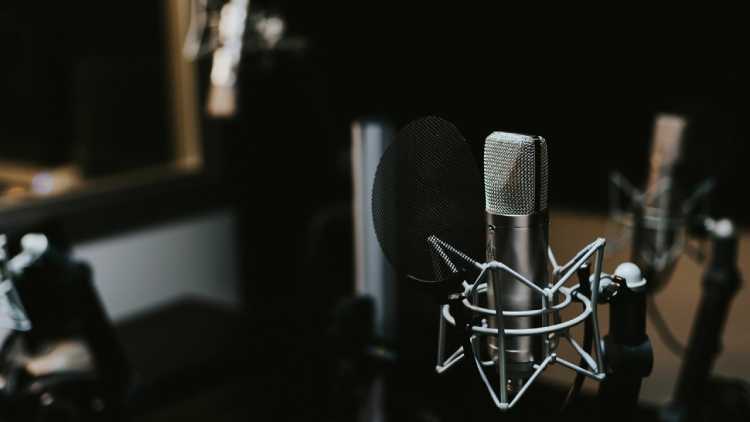Congratulations on completing your podcast recording! While you might think the hard part is over, recording is just the first half of the journey. The second, equally crucial phase is podcast editing, a process that transforms your raw audio into a polished, listener-friendly podcast.
Let’s dive into the world of podcast editing to understand what happens during a podcast recording.
Step 1: Review and Initial Cleanup
The first step in the editing process involves a thorough review of the recorded audio. This is where you listen for any obvious issues such as background noise, long pauses, or off-topic segments that can be trimmed. Initial cleanup involves removing these unwanted elements to ensure the remaining content is essential and engaging for your audience.
Step 2: Audio Enhancement
Once you’ve cleaned up the unnecessary parts, it’s time to enhance the audio quality. This involves adjusting levels, equalization (EQ), and compression to ensure your podcast sounds clear and professional. Audio enhancement can help balance voice volumes, reduce sibilance (harsh “s” sounds), and ensure a consistent listening experience throughout the episode.
Step 3: Adding Music and Sound Effects
Music and sound effects play a significant role in setting the tone and enhancing the storytelling aspect of your podcast. During this stage, you’ll add your intro and outro music, as well as any background music or sound effects that fit the theme and mood of your episode. It’s important to ensure that any added sounds complement rather than overpower your voice content.
Step 4: Stitching and Sequencing
With your narrative elements and enhancements in place, the next step is to stitch everything together. This involves placing your intro, ad breaks (if any), main content, and outro in the correct order. Sequencing is critical as it impacts the flow and listener engagement. You might also add transitions between different segments to ensure a smooth listening experience.
Step 5: Final Listen and Quality Check
Before declaring your podcast episode ready for publishing, it’s crucial to conduct a final listen. This is your opportunity to catch any remaining issues and ensure the earlier editing phases have resulted in a coherent, high-quality audio product. Pay attention to details like volume consistency, clear transitions, and overall audio quality.
Step 6: Metadata and Exporting
The last step is often overlooked but is essential for podcast visibility and listener experience. Adding metadata involves tagging your episode with relevant information such as the episode title, description, podcast name, and episode number. Once your metadata is in place, export your project in a podcast-friendly format, usually MP3, with the appropriate bitrate and sample rate for optimal balance between quality and file size.

Final Thoughts:
Podcast editing might seem daunting, but it’s a powerful process that can significantly enhance the quality and appeal of your content. Curios to know how the editing process takes place, and how you can make the most of this? Consult G-Corp Media, one of the best podcast recording studios in Mumbai. Remember, the goal of editing is not just to remove mistakes but to sculpt your podcast into an engaging story that resonates with your audience, which the experts here are well adept at.